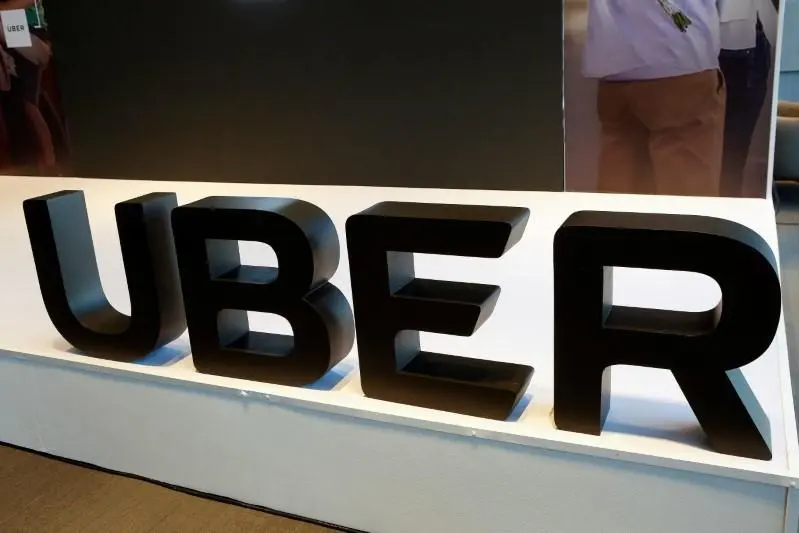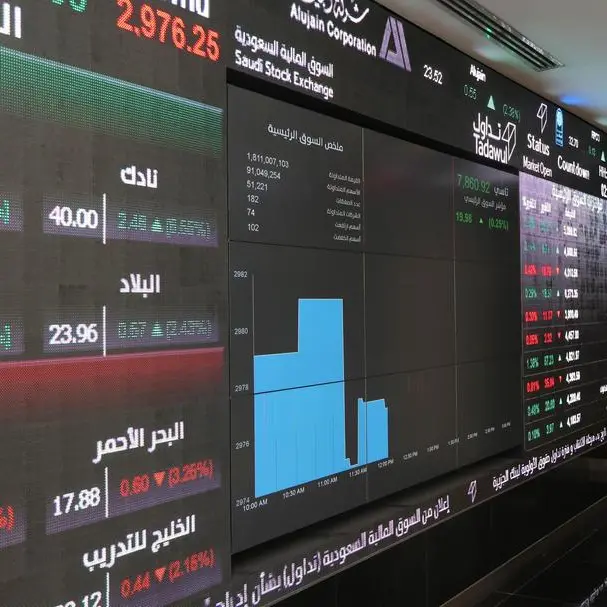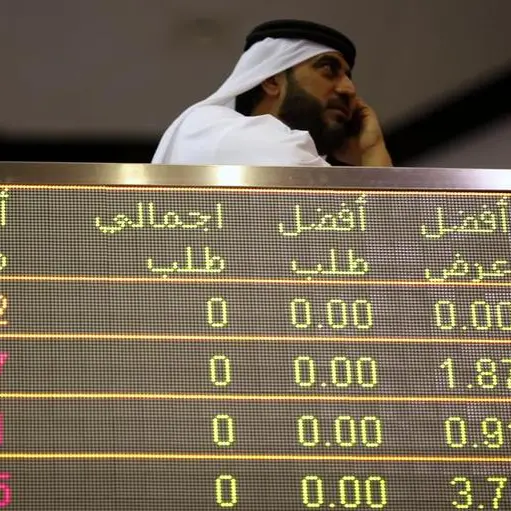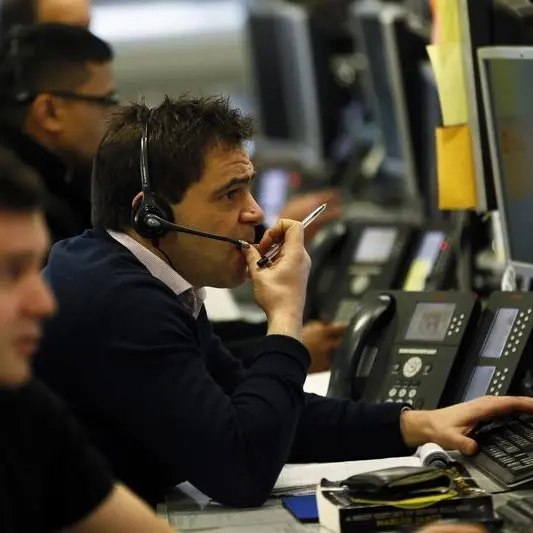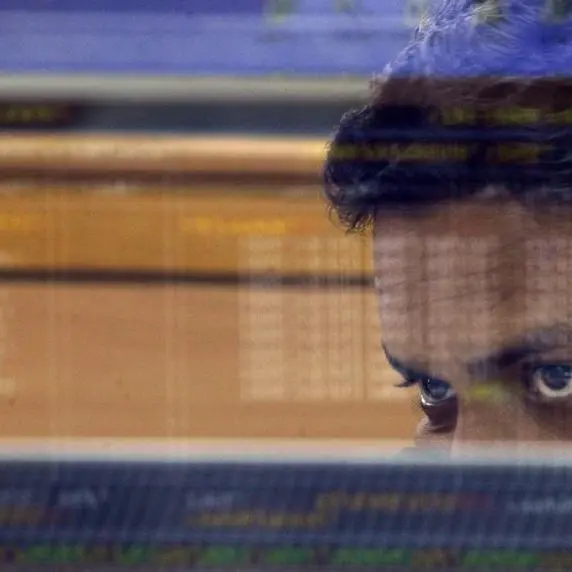PHOTO
NEW YORK - Here’s more fuel for Uber’s profit bonfire. The ride-hailing company raised $2 billion from the junk bond market on Wednesday, borrowing more than it had originally planned even though it generates no earnings from which to pay interest. Investors are betting either that Uber chief Dara Khosrowshahi will drive the company to a profit – or at least, that his dash for growth will lure future investors who can pay them back.
Uber, which was valued at $76 billion in its last round of funding in August, is growing at a prodigious rate. Net revenue, which takes out money paid to drivers and refunds, was $2.8 billion last quarter, which is 60 percent higher than the same period last year. Yet the company lost almost $900 million. It’s not even profitable at an EBITDA level, which is a proxy for how much cash Uber generates for things like servicing debt.
Rising sales ought to lead to earnings rising too, and faster. But that hasn’t happened so far at Uber, and it’s questionable if the company’s ride-hailing business will ever generate sufficient profit to justify the company’s valuation. A re-energized Lyft continues to enter new cities to compete. Many drivers work for both, choosing whichever service has a better payout. Passengers probably have little loyalty beyond whichever has the cheapest fares.
Uber has plenty of cash to continue its expansion drive. It had over $7 billion of cash on hand at the end of last quarter, which doesn’t include $500 million it raised from Japanese carmaker Toyota Motor and the proceeds of this bond. Since investors are willing to fork over money at 8 percent over eight years, and unlike an initial public offering, the bond issue doesn’t require onerous disclosure or red tape, there was little downside in sticking out its palm for more.
For now Uber is in a virtuous circle. It uses cash to chase new markets, like meal delivery, bike rental, temporary staffing and even air taxis, and the prospect of growth means investors are willing to put in yet more cash. If an IPO goes ahead next year, or new debt investors can be found, the game can continue without Uber even having to turn a profit. But if growth stalls, Uber and the capital markets could go from feeding each other to eating each other.
CONTEXT NEWS
- Uber priced $2 billion of high-yield bonds on Oct. 18. The ride-hailing company sold $1.5 billion of eight-year non-callable bonds priced to yield 8 percent a year and $500 million of non-callable five year bonds with a yield of 7.5 percent according to IFR.
- Uber’s last round of funding in August, in which Japanese carmaker Toyota Motor invested $500 million to accelerate the development of autonomous cars, valued the company at about $76 billion, according to a person familiar with the situation.
(Editing by John Foley and Amanda Gomez)
© Reuters News 2018
